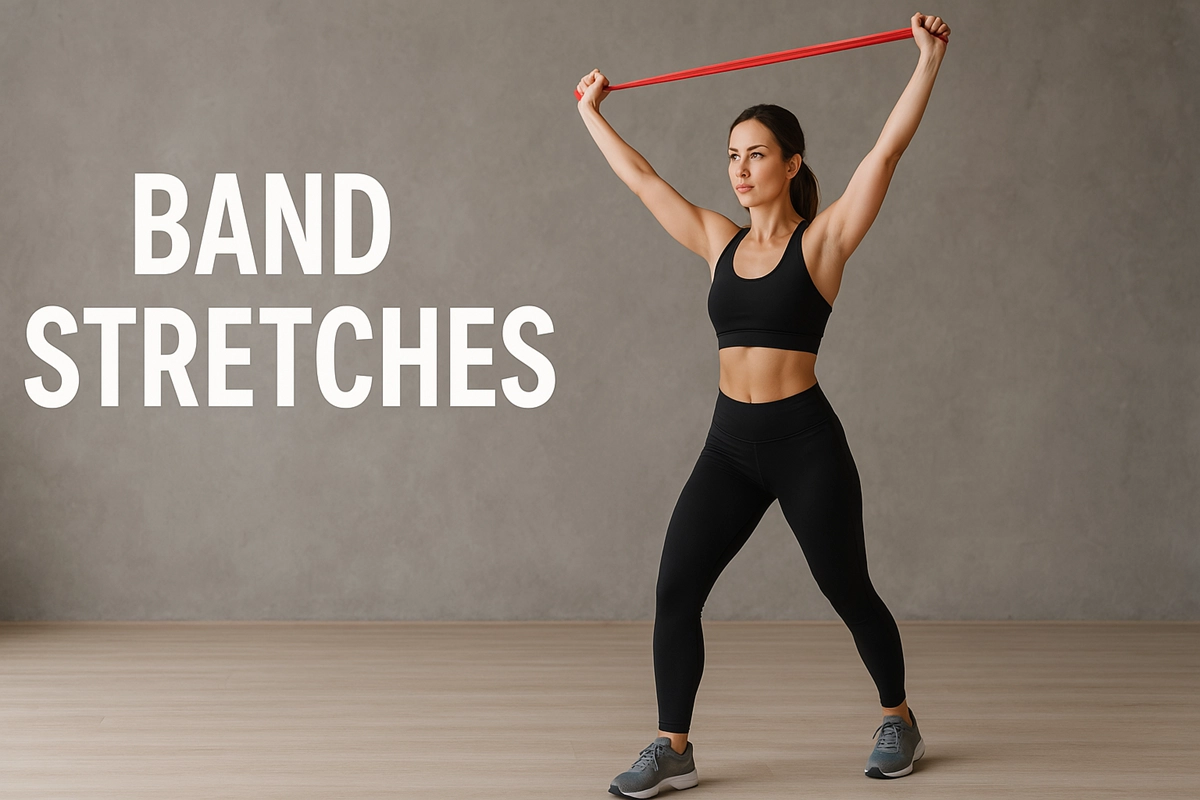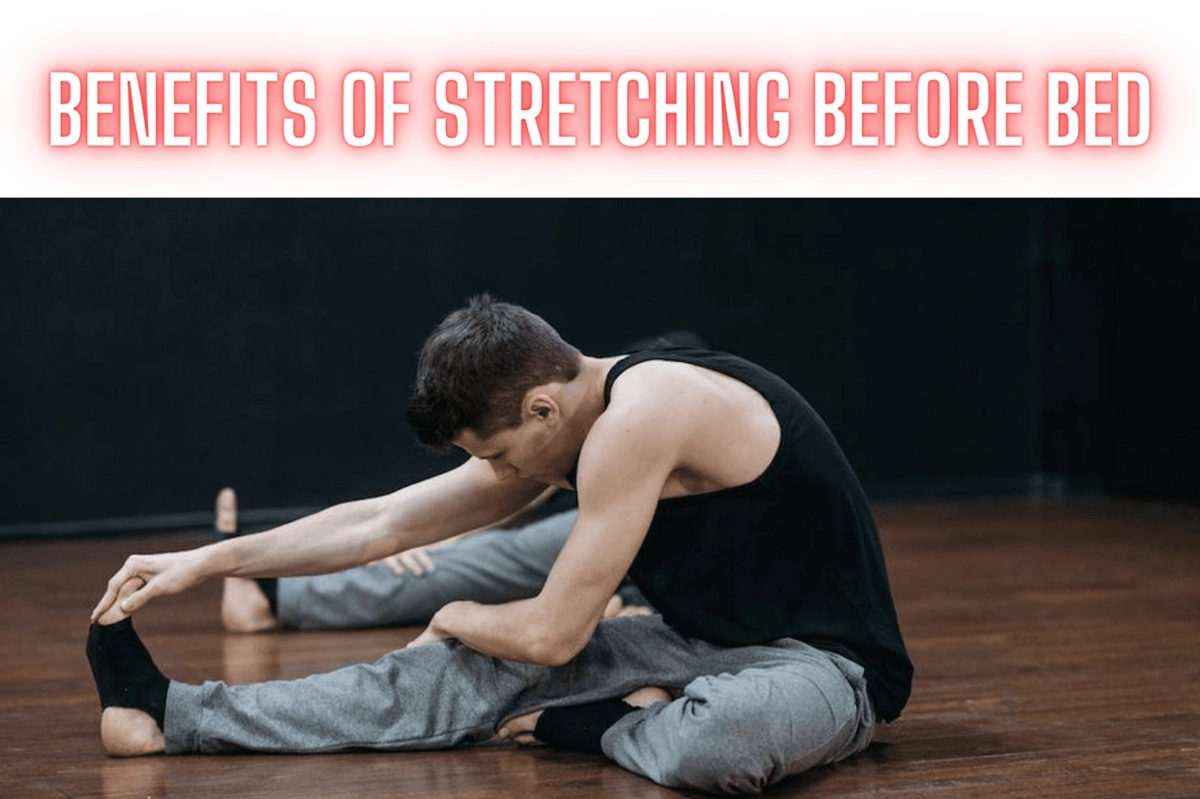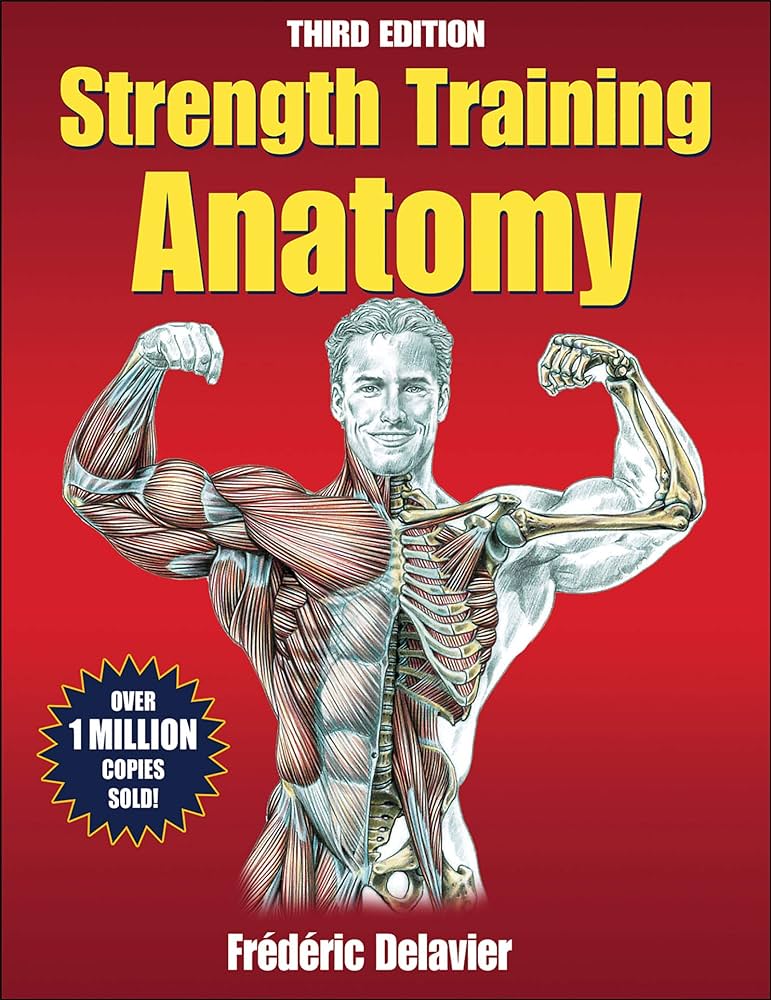If you’ve ever felt that nagging tightness in the back of your thighs, you’re dealing with tight hamstrings – a common issue that affects both athletes and desk workers. Your hamstrings play a vital role in everyday movements, from walking to bending over to pick up groceries. While the Terminator himself, Arnold Schwarzenegger, emphasized the importance of flexibility alongside strength, many people overlook proper hamstring care until problems arise. Let’s explore how you can transform those rigid muscles into supple, high-performing powerhouses.
What Causes Tight Hamstrings?
While tight hamstrings might feel like a single issue, several factors contribute to this common problem that affects everyone from office workers to dedicated athletes.
Your hamstring muscles – the semitendinosus, semimembranosus, and biceps femoris – can become tight due to:
- Extended periods of sitting
- Insufficient stretching routines
- Muscle imbalances with surrounding muscles like quads and hip flexors
- High-stress activities without proper warm-up
- Scar tissue from previous injuries
You’re more likely to develop tight hamstrings if you’re not following a consistent flexibility program that includes both dynamic and static stretches.
When you’re quad-dominant or have weak hip flexors, your hamstrings compensate by becoming overworked and tight.
Why Should Runners Stretch Their Hamstrings?
Because running places repetitive stress on your leg muscles, stretching your hamstrings becomes essential for maintaining proper form and preventing injuries during both training and races.
When you regularly perform hamstring stretches, you’ll increase your range of motion and improve your running stride efficiency.
Dynamic stretches before running help warm up your hamstring muscles and prepare them for the impact of each footstrike.
You’ll notice better flexibility, which means you can maintain proper form even during long runs.
As Arnold always said, “The last three or four reps is what makes the muscle grow” – and the same principle applies to muscle stretching for runners.
The Benefits of Regularly Stretching Your Hamstrings
Regular hamstring stretching delivers powerful benefits that extend far beyond basic flexibility gains. When you develop flexible hamstrings, you’ll improve athletic performance across various activities, from cycling to running, by maximizing your range of motion and power output.
Beyond sports, increased hamstring flexibility helps you move more efficiently in daily activities like squatting and bending. You’ll also relieve pain and tension in your lower back and feet, as tight hamstrings can affect your posture and foot mechanics.
Most importantly, proper stretching can reduce injury risk by preventing muscle strains and overuse injuries in connected areas like your hips, knees, and back. Whether you’re an athlete or simply want to move better through life, maintaining flexible hamstrings is essential for peak physical function.
When to Do Hamstring Stretches
Timing your hamstring stretches correctly can maximize their effectiveness and help prevent injury.
You’ll want to focus on dynamic stretches before workouts to increase blood flow and prepare your hamstrings for activity. Save static stretches for after your workout when your muscles are warm and ready for deeper flexibility work.
Don’t limit yourself to just pre- and post-workout stretching. If you’re sitting at a desk all day, take regular breaks to stretch your hamstrings and prevent tightness.
You can also incorporate hamstring flexibility work into your rest-day routines, like yoga or Pilates sessions. Even gentle stretching before bed can help relax your muscles and improve sleep quality.
Remember to always stretch gradually and avoid jerky movements that could lead to injury rehabilitation needs later.
Static vs. Dynamic Hamstring Stretches
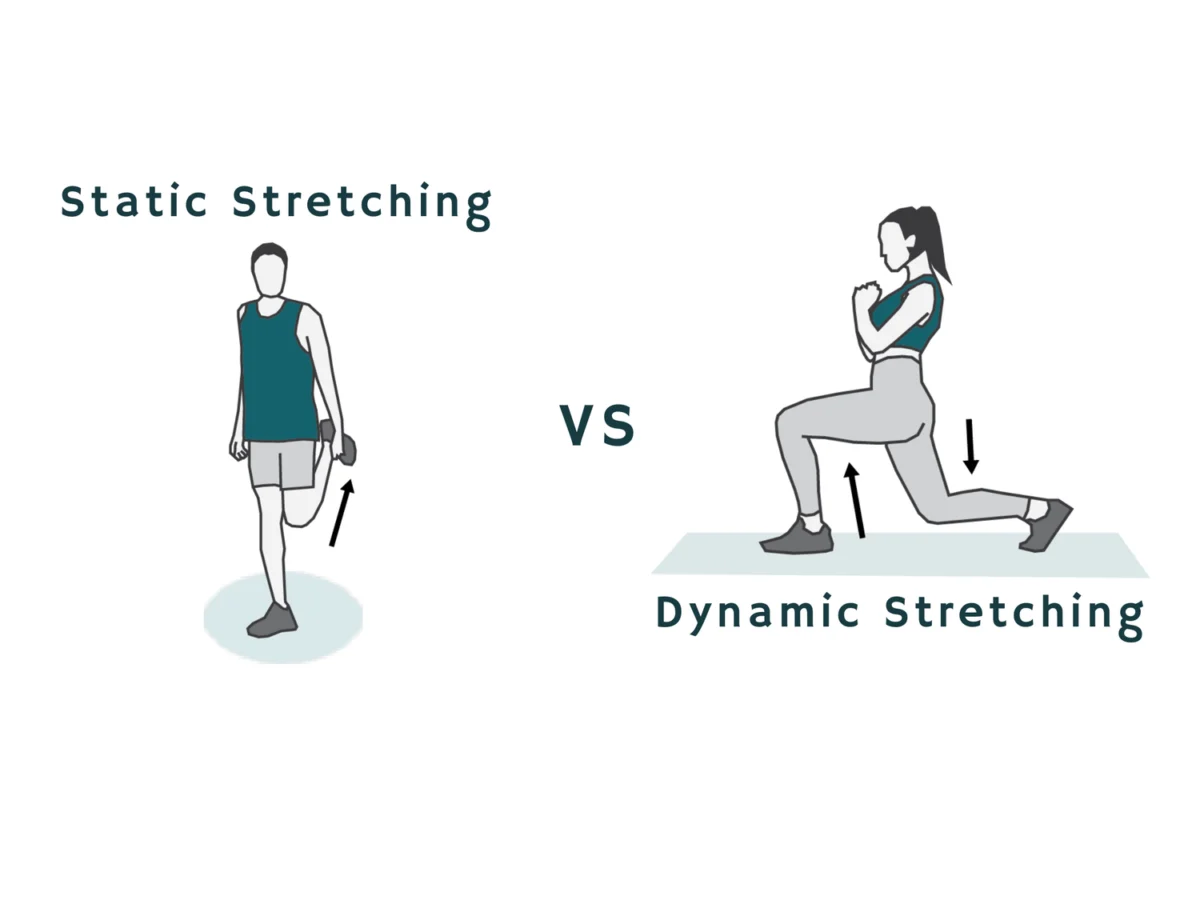
When it comes to hamstring flexibility, understanding the key differences between static and dynamic stretches will help you maximize your workout results.
Static stretching involves holding a single position for 30-60 seconds, like a forward fold or standing hamstring stretch. You’ll want to save these for your post-workout cooldown since they can create micro-tears that affect your physical performance.
Dynamic stretching, however, incorporates active movements like leg swings and walking lunges without prolonged holds. These movements increase blood flow and prepare your muscles for activity while improving muscle flexibility without compromising performance.
Remember this simple rule: Be dynamic before your workout and static after. Just as Arnold always said about preparation, the right stretch at the right time makes all the difference in achieving your fitness goals.
10 Best Hamstring Stretches
You’ll find several highly effective hamstring stretches that can improve your flexibility and reduce injury risk, from classic static holds to dynamic movements.
The most fundamental stretches include the traditional seated forward fold, standing toe touch, and bench hip flexor stretch – all of which Arnold himself incorporated into his legendary leg day routines.
Whether you’re performing a Nordic hamstring curl or simply grabbing your foot while standing, maintaining proper form and breathing patterns will maximize the benefits of these essential stretches.
1. Classic Hamstring Stretch (Static)
While many stretching routines come and go, the classic hamstring stretch remains a cornerstone of effective flexibility training.
Physical therapist Heather Jeffcoat recommends this stretch because it works across multiple fascial planes, targeting muscle fibers in ways that mirror real-life movements.
Here’s how to perform this effective stretch:
- Position yourself in front of a step or chair.
- Place your left heel on the elevated surface, keeping your leg straight.
- Flex your foot while maintaining horizontal alignment.
- Lean forward with a straight spine until you feel the stretch in your hamstring.
- Hold for 30 seconds, then switch sides.
As your flexibility improves, gradually increase your hold time.
This stretch’s simplicity and effectiveness make it perfect for both beginners and advanced fitness enthusiasts.
2. Nordic Hamstring Curl (Dynamic)
The Nordic hamstring curl takes stretching to the next level by combining flexibility with strength training. This dynamic exercise builds eccentric strength in your hamstrings while ensuring hamstring safety through controlled movement.
To perform this move, you’ll need a glute ham developer or a partner to hold your feet. Start in a tall kneeling position with your ankles secured. Cross your arms over your chest and engage your core strength.
Then, keeping your body straight from knees to shoulders, slowly lower your torso forward until it’s parallel to the ground. The key is maintaining control throughout the movement – don’t rush it.
Once you’ve lowered down, use your hamstrings to pull yourself back up to the starting position. This exercise not only stretches your hamstrings but also builds significant posterior chain strength.
3. Standing Foot Grab
One of the most effective standing stretches for your hamstrings doesn’t actually target the hamstrings at all – it’s a quad stretch that creates a complementary lengthening effect.
To perform this stretch, position yourself near a wall for support. Place one hand against it for balance, then bend the opposite leg and grab your shin with your free hand.
As you pull your heel toward your glutes, you’ll feel the quadriceps muscle lengthening. This creates a natural pelvic tilt that helps release tight hamstrings.
Like Arnold’s approach to exercise programs, consistency is key – hold this position for up to 30 seconds per side.
While a foam roller can help prep your muscles, this standing stretch is perfect for quick relief during your workday or post-workout routine.
4. Toe Touch
Nearly every fitness enthusiast knows the classic toe touch stretch, which remains a powerful move for targeting those stubborn hamstrings. It’s not just one of the most common hamstring stretches – it’s also a reliable test for overall flexibility.
Here’s how to perform it correctly:
- Stand with your feet together, maintaining good posture
- Hinge forward at your waist while pushing your hips back
- Keep your weight centered on your heels
- Reach down toward your toes, letting gravity assist
- Hold for 30 seconds while breathing deeply
This fundamental exercise can help prevent knee pain and lower back pain when done regularly.
As you practice, you’ll notice increased range of motion and looser hamstrings.
Remember to move slowly and never bounce – as Arnold says, “The last three or four reps are what make the muscle grow.”
5. Bench Hip Flexor Stretch
Standing exercises remain essential for hamstring flexibility, but this seated variation offers unique benefits by targeting both your hip flexors and hamstrings simultaneously.
The bench hip flexor stretch is a transformative move for improving athletic performance and overall flexibility. Here’s how to do it:
Position yourself in front of a bench, facing away. Place a cushioned pad on the ground, then step forward and rest your back foot on the bench. Lower your back knee onto the pad while keeping your front leg at 90 degrees.
Maintain tall posture and lean back slightly to intensify the stretch. For maximum benefit, you can raise your arms overhead. Hold each side for 30 seconds to properly lengthen your hip flexors and quadriceps.
This stretch is particularly effective for athletes who spend long hours sitting.
6. Hurdler Stretch
After mastering the bench stretch, you’ll want to incorporate the classic hurdler stretch – a position that’s helped track athletes and bodybuilders alike achieve remarkable hamstring flexibility.
This physical activity draws its name from the position hurdlers take during races, requiring one leg extended forward while maintaining perfect balance.
Here’s how to perform it properly:
- Sit on the floor with one leg straight out.
- Bend your other leg, placing the foot against your straight leg’s inner knee.
- Keep your back straight as you lean forward.
- Reach with both hands toward your extended foot.
- Hold the stretch for 30 seconds.
- Switch sides and repeat.
The hurdler stretch complements other balance exercises and knee-to-chest stretches, making it an essential component of any thorough hamstring flexibility routine.
7. Side-Lying Quad Stretch
Looking to take the challenge out of quad stretches while still getting maximum benefits? The side-lying quad stretch eliminates balance concerns while targeting your quadriceps effectively.
Unlike standing variations, this position lets you focus entirely on the stretch rather than stability.
Here’s how to perform it perfectly:
- Lie on your side with legs stacked
- Bend your top leg and grasp your shin
- Pull your foot toward your glutes
- Push your knee backward to intensify the stretch
While primarily targeting your quads, this stretch also impacts your iliotibial band and indirectly benefits your hamstrings.
For best results, combine this with foam rolling and calf muscle work. The controlled position makes this an excellent choice for beginners and advanced athletes alike, allowing you to progress at your own pace without compromising form.
8. Banded Hamstring Stretch
A resistance band transforms the classic hamstring stretch into a controlled, highly effective movement that you can perform independently.
To execute this stretch, start by sitting on the floor and securing one end of the resistance band around your foot. Lie back while keeping both legs extended, gripping the band with both hands. Your target leg should be straight as you gradually pull it upward using the band’s tension. You’ll feel the stretch intensify along your hamstring.
Keep pulling until you reach a point of mild discomfort, then slowly lower your leg back to the starting position. The band’s resistance provides steady control throughout the movement, allowing you to adjust the intensity of your stretching.
Perform five repetitions per leg to improve flexibility and reduce muscle tension.
9. Lateral Hamstring Stretch
Many athletes overlook the outer hamstring muscles, but targeting them specifically can open up new levels of flexibility and athletic performance.
This lateral stretch variation helps improve range of motion while targeting those often-neglected outer muscles.
To perform this stretch:
- Position one leg on a bench or chair between knee and waist height
- Keep your elevated leg straight, facing toward it
- Stand tall with your opposite leg planted firmly
- Reach across your body with the opposite hand
- Try touching your toes on the raised leg
- Return to the starting position
- Repeat the reaching motion 10 times
This cross-body movement specifically targets your outer hamstrings while also engaging your achilles tendon.
10. Single Leg Deadlift (Dynamic)
Elevate your hamstring flexibility with the single-leg deadlift, a dynamic movement that builds strength while improving mobility. This exercise delivers two major benefits: it stretches your hamstrings and glutes while strengthening your lower back, helping you develop better balance.
Start with your feet hip-width apart and knees slightly bent. Transfer your weight to your right leg, letting your left toes lightly touch the floor. Hinge forward at your hips as you kick your left leg back, keeping your shoulders and hips square.
Reach toward the floor until your torso and raised leg form parallel lines. For an extra challenge, drive your knee up to hip height when returning to start.
Perform the movement for one minute per side to maximize flexibility gains.
Tips for Stretching Your Hamstrings
Whether you’re a seasoned athlete or just starting your fitness journey, proper hamstring stretching technique can make the difference between effective flexibility gains and potential injury.
To get the most from your hamstring stretches, warm up first with 5-10 minutes of light cardio to increase blood flow. When stretching, listen to your body – you should feel tension but never pain.
Hold each stretch for 30-60 seconds without bouncing or forcing the movement. If you’re finding certain stretches challenging, try adding props like yoga blocks or straps to maintain proper form.
Stay consistent with your stretching routine by incorporating it into your daily schedule, ideally after workouts when muscles are warm.
Integrating Stretches Into Your Routine
Start by planning your stretches. Allocate 10 minutes each day. This will help build a habit. Consistency is key for flexibility.
Stretching in the morning can boost energy. Evening stretches can help relax muscles. Track your progress in a journal.
Note any improvements or tightness. Adjust your schedule as needed.
Combine stretches with workouts. Stretch before and after exercise. This can prevent injuries. Warm up with dynamic stretches.
Cool down with static stretches. Pairing stretches with cardio can enhance endurance. Strength training benefits from flexibility.
Yoga is a great addition for balance.
Monitoring Progress And Maintaining Flexibility
Keep a flexibility journal. Note your progress weekly. Measure how far you can stretch. Record your feelings and any discomfort. Make a chart to track your improvements. Take photos to compare over time. Reward yourself for small wins.
Stretch daily to keep muscles flexible. Join a stretching class for motivation. Use reminders to stay consistent. Drink plenty of water. Eat healthy foods to support muscle health. Incorporate variety in your routine. Focus on both quads and hamstrings.
To Wrap It All Up
While tight hamstrings can limit your mobility and performance, you’re now equipped with ten effective stretches to combat this challenge. Whether you’re a runner hitting the pavement or someone who sits at a desk all day, these stretches will serve as your toolkit for better flexibility.
Remember Arnold’s wisdom, and note that the same principle applies to stretching. Stay consistent, stay focused, and you’ll see results.
FAQs
What Are The Best Stretches For Quadriceps?
The best quadriceps stretches include the standing quad stretch, lying quad stretch, and lunging quad stretch. Hold each stretch for 20-30 seconds.
How Do You Loosen Tight Quads And Hamstrings?
To loosen tight quads and hamstrings, try stretching, foam rolling, and warm-up exercises. Yoga poses like downward dog and lunges help. Stay hydrated and maintain good posture. Regular massage can also provide relief.
Can Tight Quads Cause Tight Hamstrings?
Yes, tight quads can cause tight hamstrings. Muscle imbalances lead to strain and compensation, tightening both muscle groups. Regular stretching helps.
How Do You Loosen Tight Hamstrings?
To loosen tight hamstrings, perform regular stretching exercises like hamstring stretches and dynamic leg swings. Yoga poses, such as downward dog, can also help. Consistent foam rolling and massage therapy increase flexibility. Always warm up before exercising.

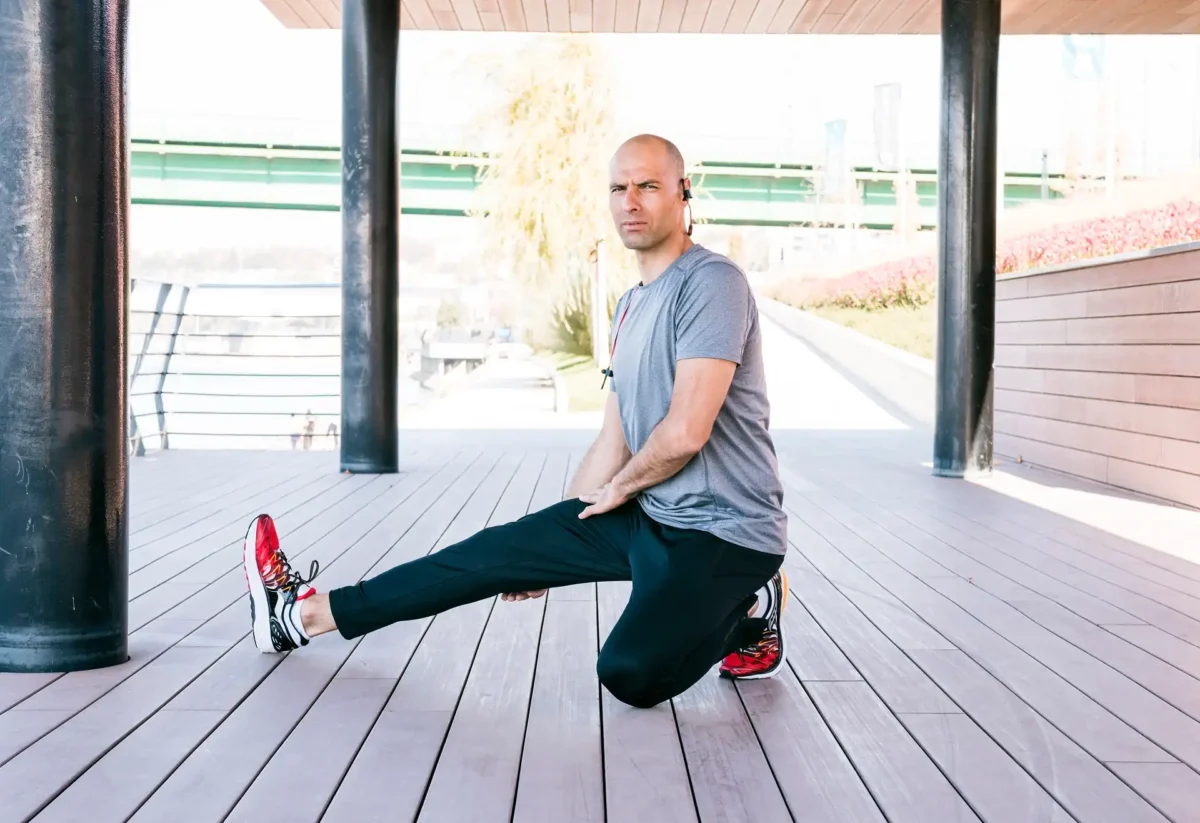


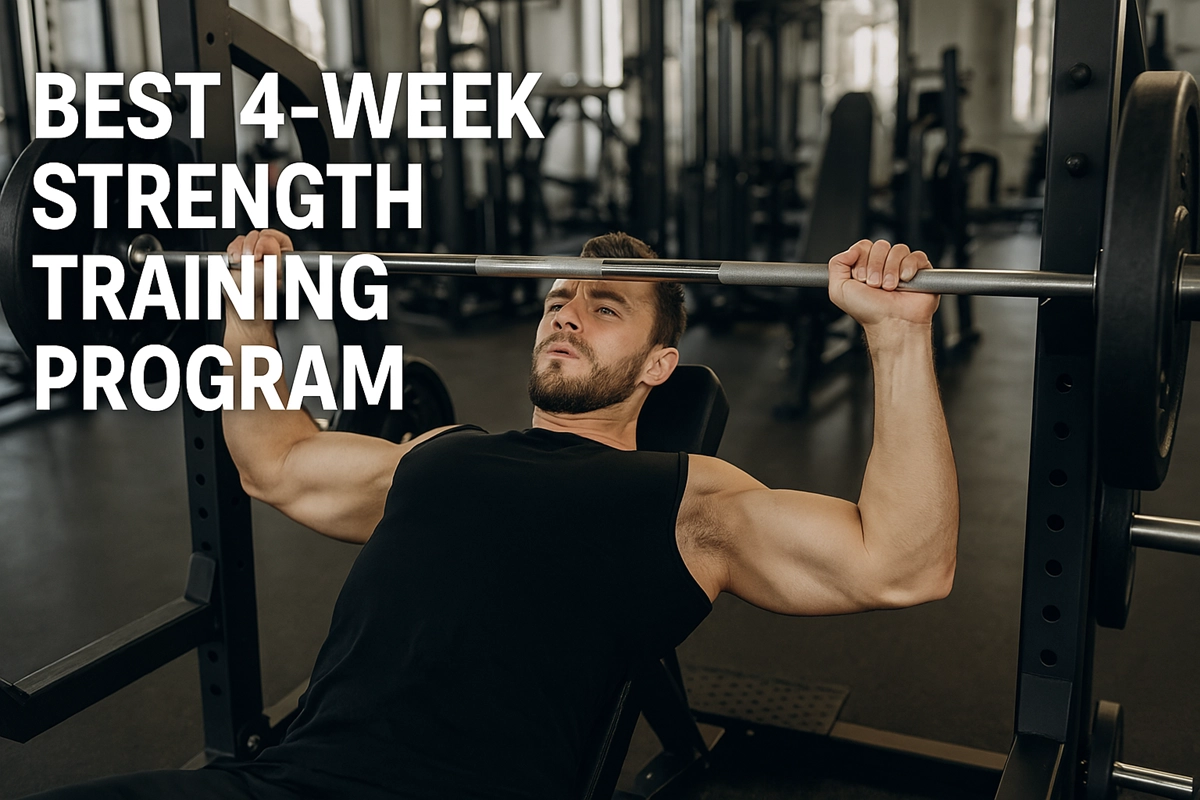
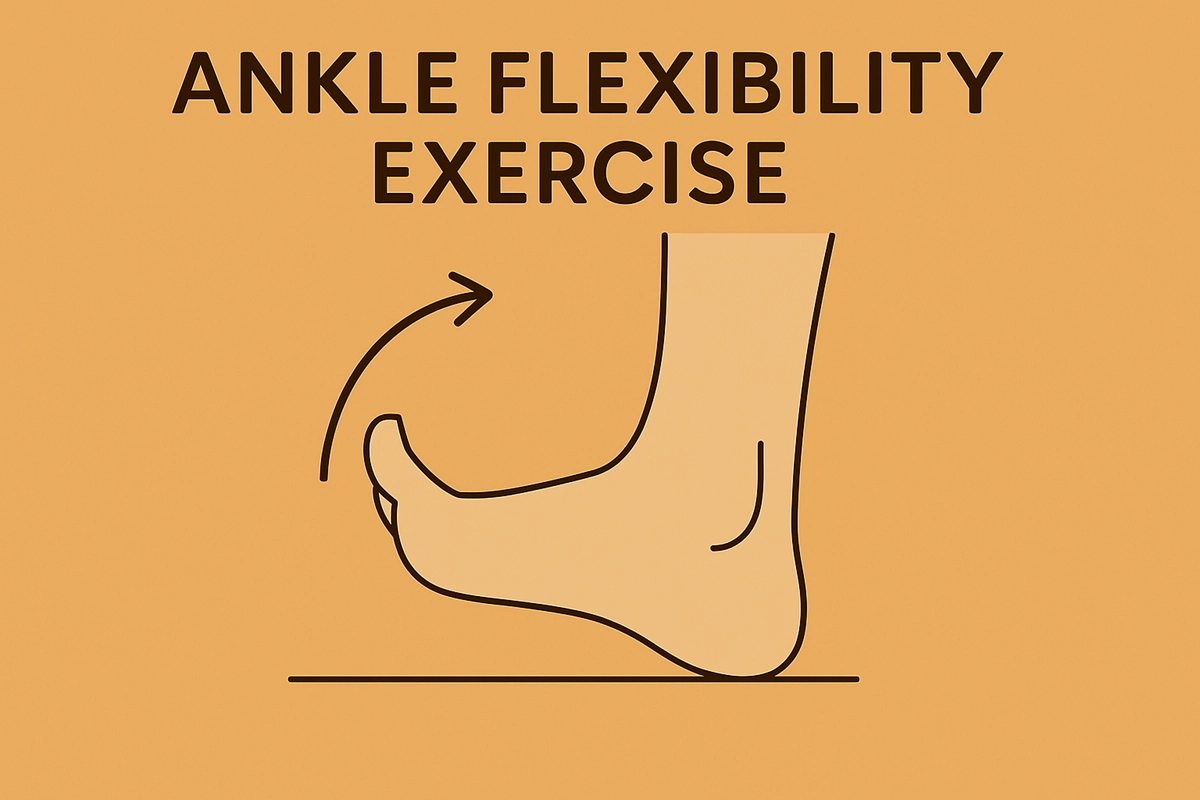
![The Ultimate Home Gym Guide For Women [13 Equipment Only] women home gym equipment guide](https://herculesbodybuilding.com/wp-content/uploads/2025/09/The-Ultimate-Home-Gym-Guide-For-Women-13-Equipment-Only-1200x800.webp)
